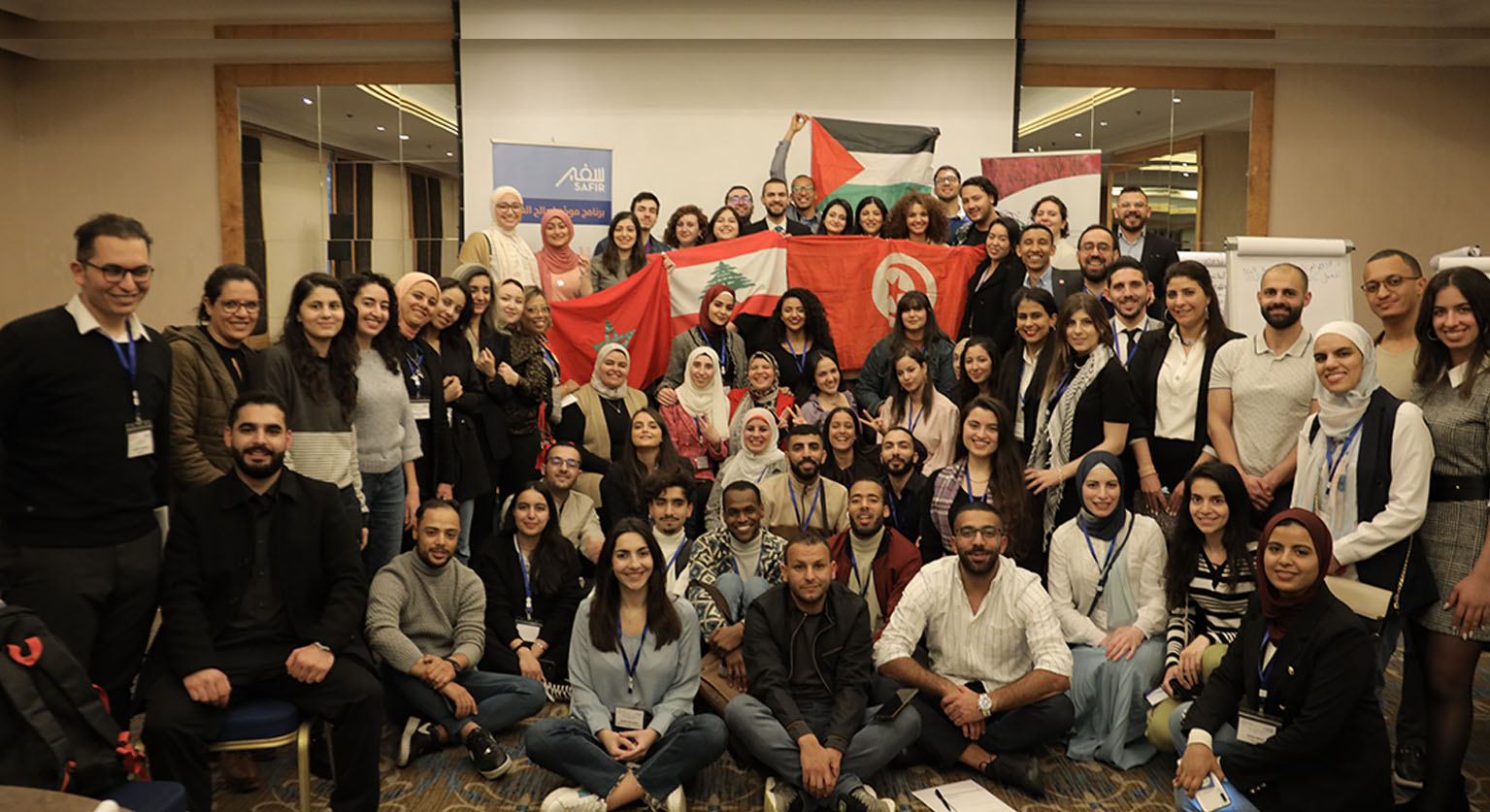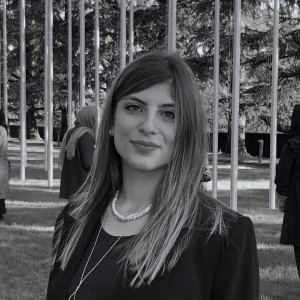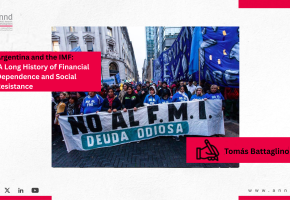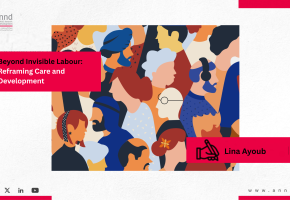
Youth Development process Between Millennium, Development, and Beyond - SAFIR as a Model - Tamara Teebi

Youth Development process Between Millennium, Development, and Beyond - SAFIR as a Model - Tamara Teebi
"Youth is the enemy of contentment, that's all." - Nagib Mahfouz
Youth between Millennium and development
In September 2000, the world became preoccupied with the Millennium Development Goals emanating from the United Nations Millennium Declaration attended by all world leaders to reach the target by the end of 2015. They agreed on eight primary development goals and 21 targets. The goals are fighting poverty, hunger, infectious diseases, and discrimination against women, achieving primary education, reducing child mortality, ensuring environmental sustainability, and establishing a global partnership for development.
By the end of the Millennium Development Goals timeframe, an assessment was conducted based on the prior performance of the Millennium Development Goals to build upon lessons learned from implementing the Millennium Goals and to capture opportunities. As a result, the international community prepared for the UN Summit and adopted the Post-2015 Development Agenda . It established an integrated set of Objectives, comprising 17 goals and 169 targets, in which all economic, social, and environmental development elements connect. As a result, the Millennium Goals experience was beneficial, and new goals were revised and added. The sustainable development objectives focused on eliminating inequities, promoting gender equality, providing access to modern energy services, and promoting economic growth, employment, and decent work. It also focused on building resilient infrastructure, making cities and human settlements inclusive, safe, and resilient, addressing climate change, preserving underwater life, protecting terrestrial ecosystems, achieving peace and justice, strong institutions, and building partnerships.
Through the approach between the Millennium Goals and development, we, young people, must ask: where we are in these development goals, what gaps related to youth issues the working group specialized in reviewing the Millennium Goals worked on to address further development of the sustainable development goals, what are the youth development priorities today and the best regional practices fostering youth priorities, and how can we achieve sustainable development by 2030.
Although each of the Millennium and Development Goals did designate a separate, substantive target that addresses youth as a significant aim of the Sustainable Development Goals, the issue of youth intersects across all goals. Therefore, it cannot be, in any way, disregarded.
As for the targets emanating from the Millennium Development Goals, we find that young people were addressed in these targets, specifically in the first “No Poverty”; which explicitly stipulates "provide full and productive employment and decent work for youth"; The fourth Goal “Quality Education” also addressed the youth, by underlining the need for state governments’ involvement to "increase the number of youth who have the relevant technical skills for employment, decent jobs, and entrepreneurship" and to "ensure that all youth achieve literacy and numeracy"; The eighth goal also emphasized the importance of "achieving full and productive employment and decent work for youth, and equal pay for work of equal value" and "develop and operationalize strategy for youth employment and implement the Global Jobs Pact of the International Labor Organization"; The 13th goal targets emphasized the need to “promote mechanisms for raising capacity for effective climate change-related planning and management, focusing on youth in this.
We noticed progress in integrating the youth in developmental issues in the sustainable development goals after the experience learned from the Millennium Goals by direct youth integration in decent work, quality education, climate, and building partnerships.
Integrating youth in development, Safir as a model
The development goals aim to road-map and mobilize the government’s efforts to adopt policies and strategies to put human beings at the center of the development process. Accordingly, developmental and human rights civil society organizations have a role in putting pressure on policymaking to meet youth priorities through different tactics. For example, the “SAFIR” project implemented by the Arab NGO Network for Development in partnership with several parties and partners from civil society organizations aims to intellectually mobilize and advocate for Sustainable Development Goals by targeting youth and civil society organizations in the Middle East and North Africa region.
Youth priorities between 2022-2023
The “SAFIR” project not only intellectually mobilized and built the capacities of youth in development but also worked to frame youth priorities in the region through a dialogue forum entitled "Arab Youth Forum for Sustainable Development" within a human-centered design methodology approach based on a central principle which is the situation of the targeted human being at the center of the design process. That involves changing the structures so that young people can get involved in solving their problems with appropriate design solutions.
The forum was held for two consecutive years. The first meeting in 2022 was during the COVID-19 pandemic. As a result, priorities emerged in security and peace issues, health, environmental and economic issues, social protection, democracy and human rights, and building partnerships. The second was in 2023 when priorities emerged about integrating youth in decision-making, holding decision-makers accountable, environmental and food security issues, fighting against poverty, quality education, and building partnerships.
The “SAFIR” forum was no ordinary event. It did not only dwell on diagnosing the reality out of indignation but rather had an ambitious vision to integrate youth in the region into the development process and was distinguished by diagnosing the reality of youth and setting priorities to then be presented by youth representatives to the United Nations Economic and Social Commission for Western Asia (ESCWA) through the work of the Arab Forum for Sustainable Development within the United Nations framework. ESCWA will then share the outputs with the High-level Political Forum on Sustainable Development held in New York. This could be an opportunity to renew and convey youth future directions and means to follow up and hold countries accountable for the progress made, as well as a call to intensify their efforts and invest to achieve the Sustainable Development Goals by 2030.
The “SAFIR” project contributed to highlighting a group of youth at regional and local levels for each country so that the participants become inspiring to other young people and real leaders for development in their societies. It also sheds light on youth issues, with utmost attention, as an attempt to change structures, build partnerships, and intergenerational solidarity by exchanging their experience and solutions and working with experts, regional and international organizations, ministers, and senior officials concerned with planning and implementing the 2030 Agenda.
What do youth still need
To accomplish actual youth development, engaging young people in regional and international platforms and addressing their priorities are not the only means by which we stand. Our development path can be complemented by state governments mainly through monitoring their implementation of the commitment imposed by these forums as decision-makers in their countries and developing indicators for implementation measurement at the outcome level rather than the strategic goal. There is a need to place young people at the center of the evaluation process of the Sustainable Development Goals 2023, executed by systems affiliated with the United Nations at the international, sub-global, regional, basin, and local levels, to prepare and set the path for Sustainable development after 2030.
Tamara Teebi
References
[1]الوفاء بالوعد: متحدون لتحقيق الأهداف الإنمائية للألفية، الجمعية العامة، 22 أيلول 2010، https://bit.ly/3z7Z83f
[2] Taking stock of the global partnership for Development, MDC Gap Task Force Report 2015, xiv, https://bit.ly/3JCibHR
[3]مشروع الوثيقة الختامية لمؤتمر قمة الأمم المتحدة لاعتماد خطة التنمية لما بعد 2030، الجمعية العامة، 12 اب 2015، https://bit.ly/40eIN99
Recent publications

